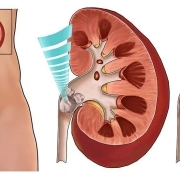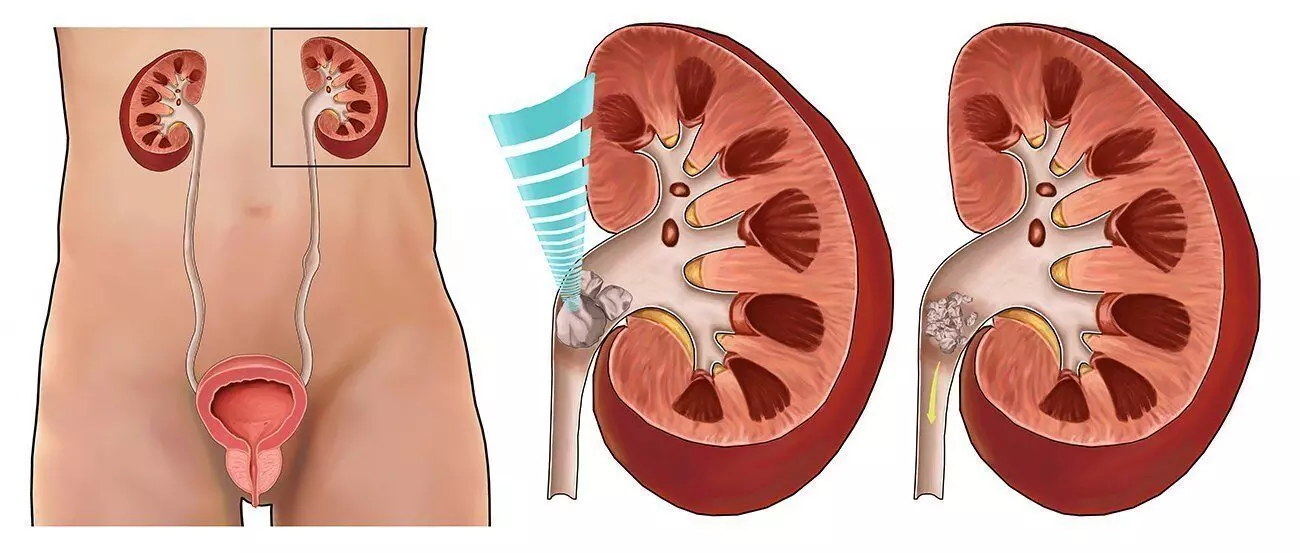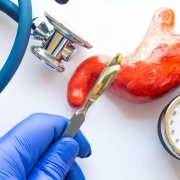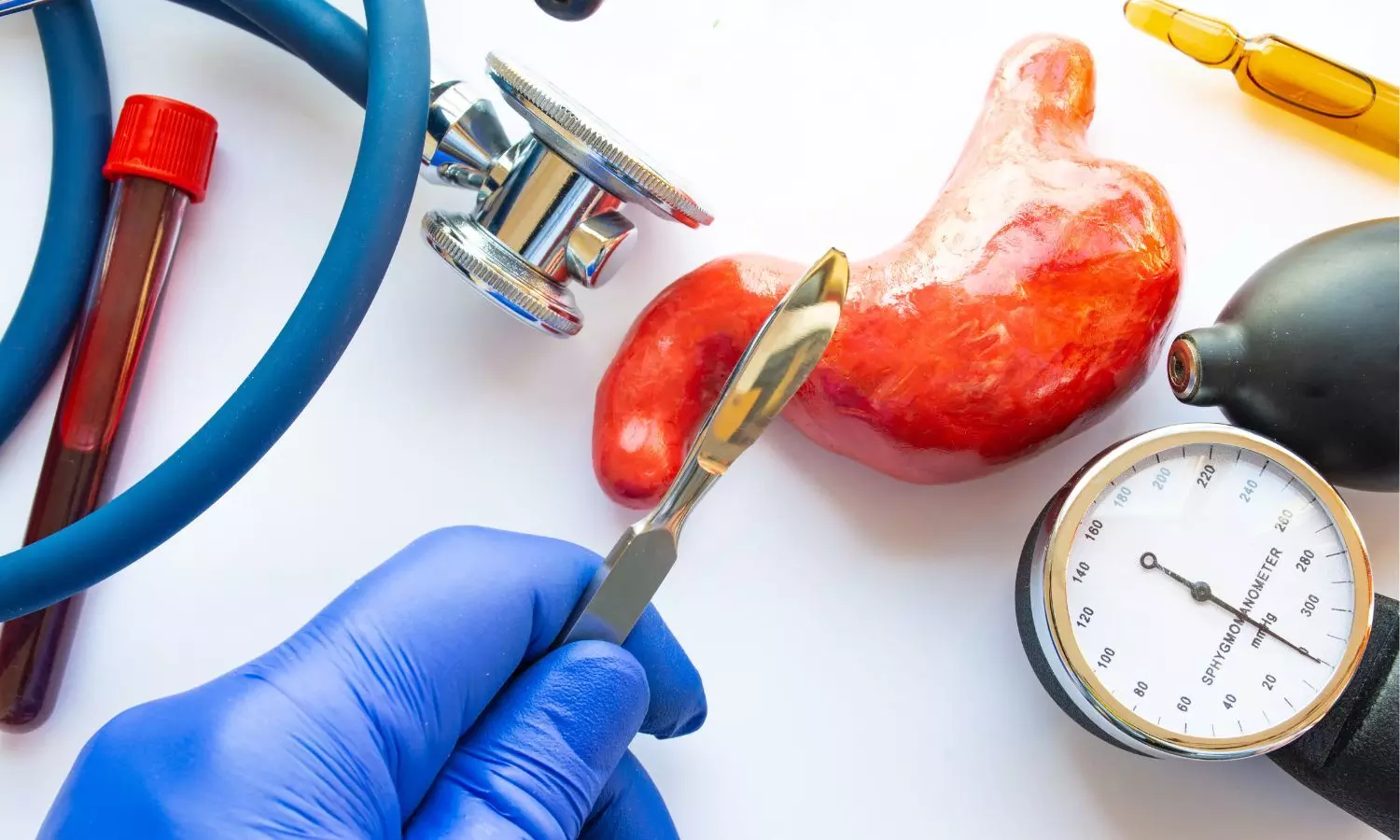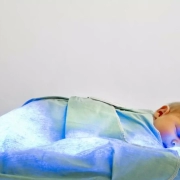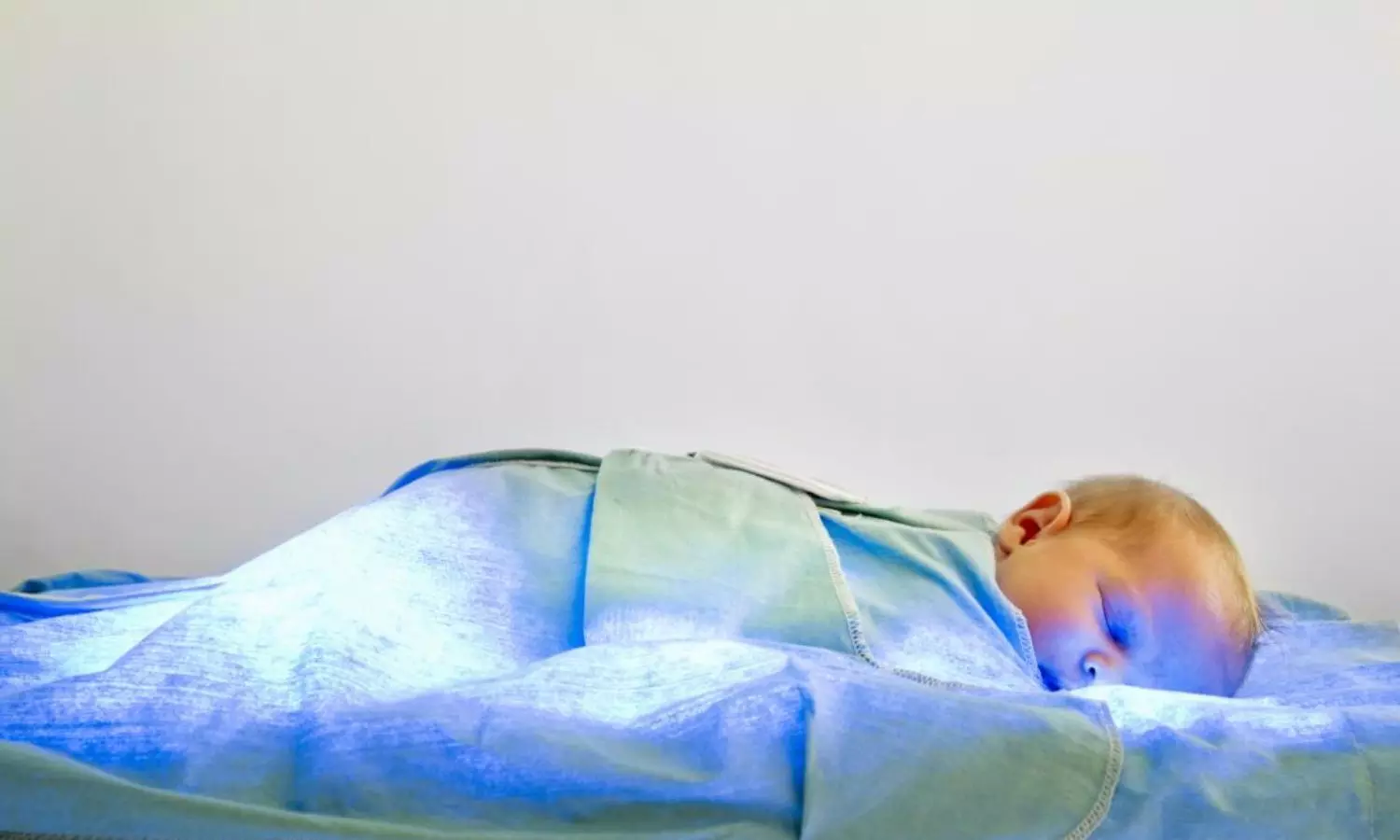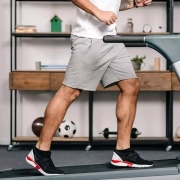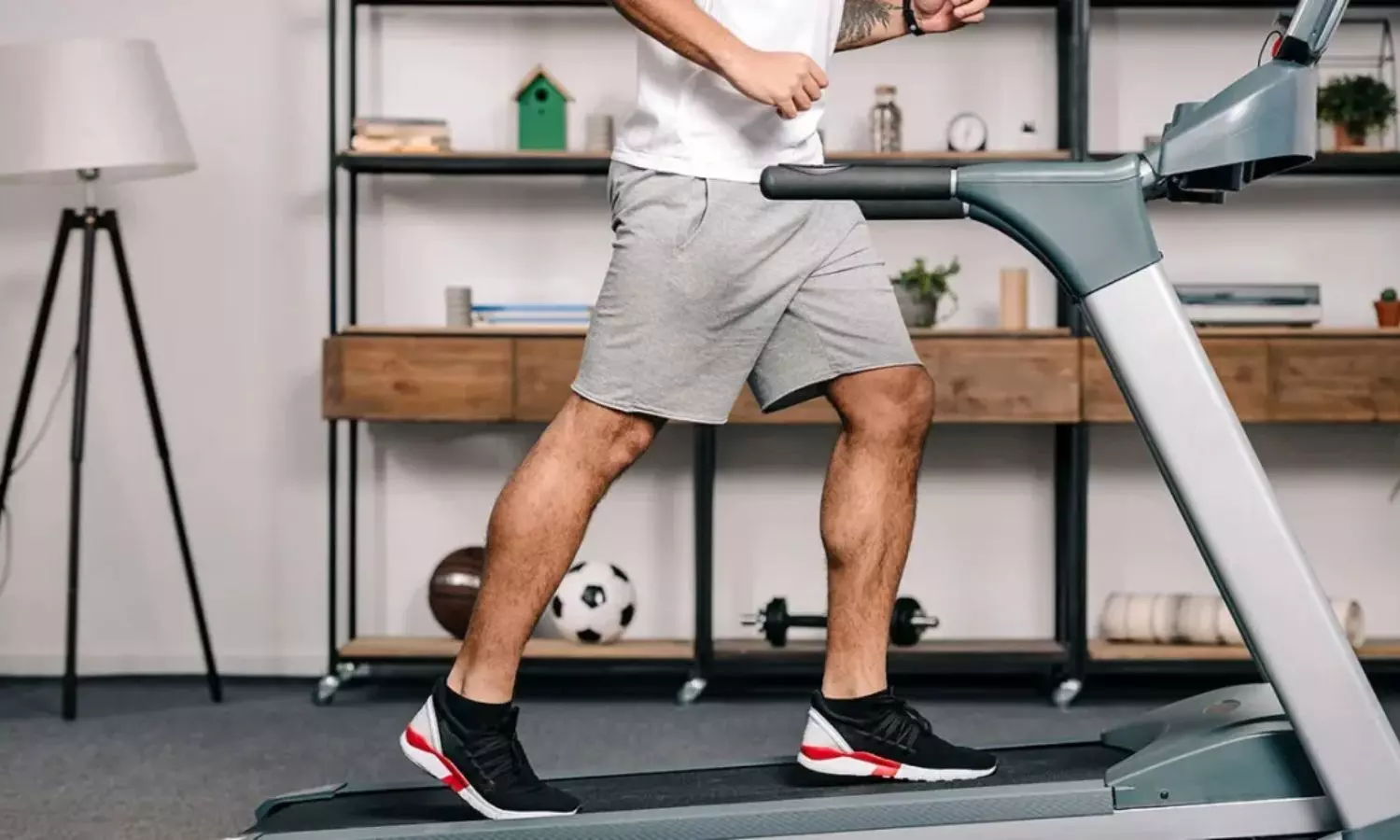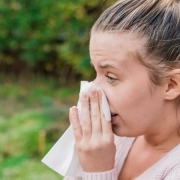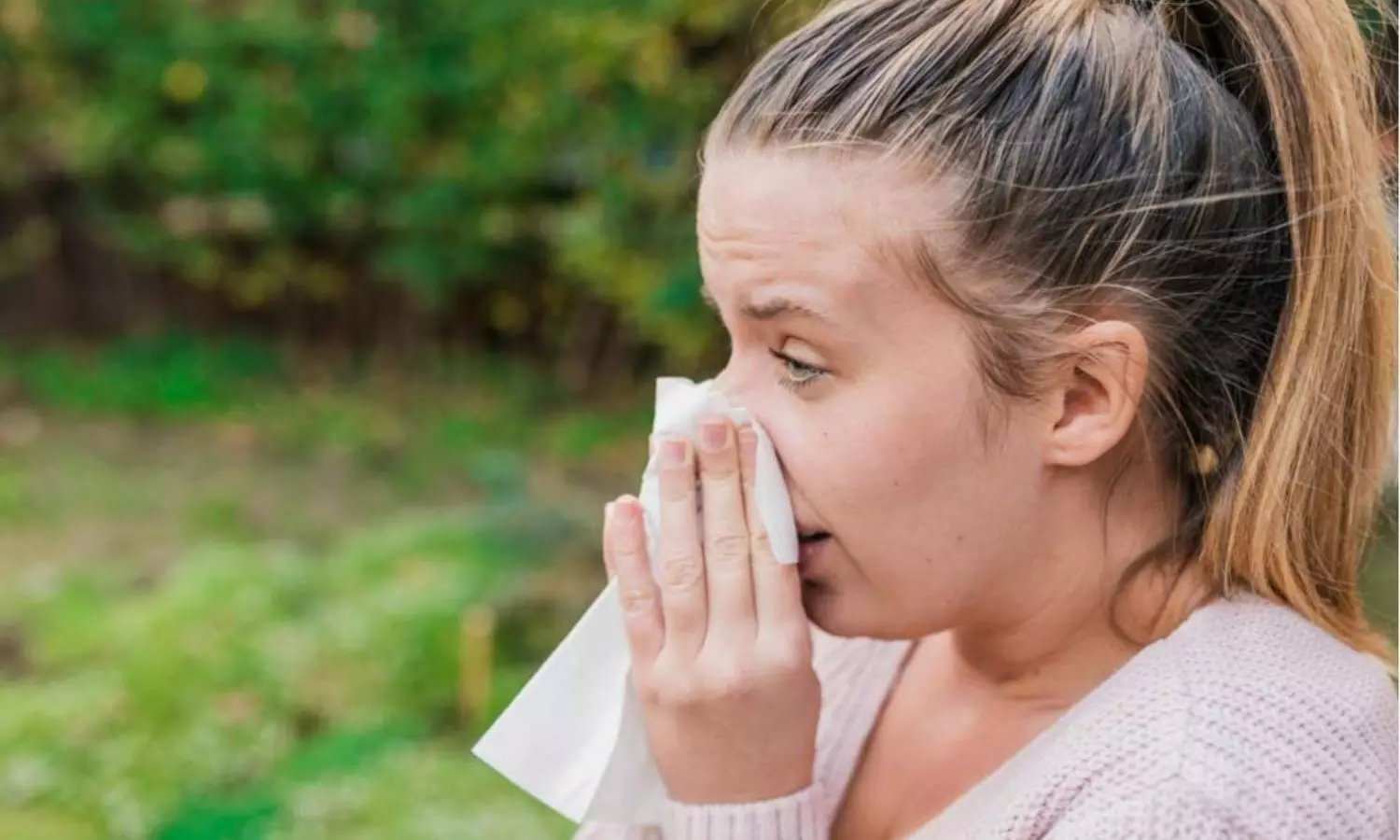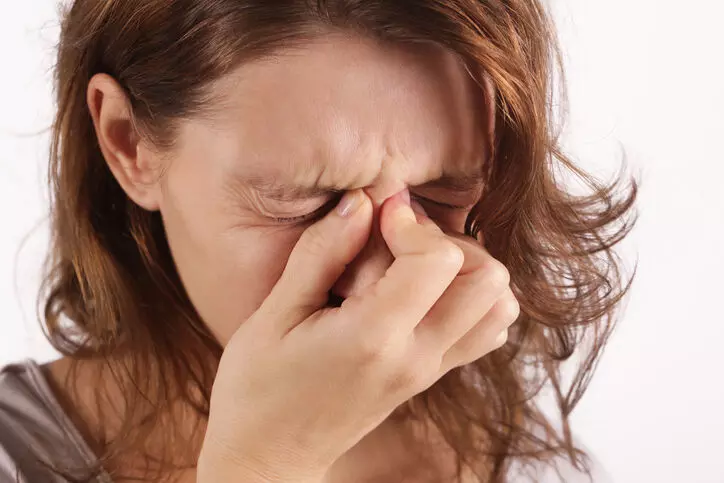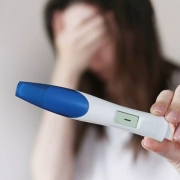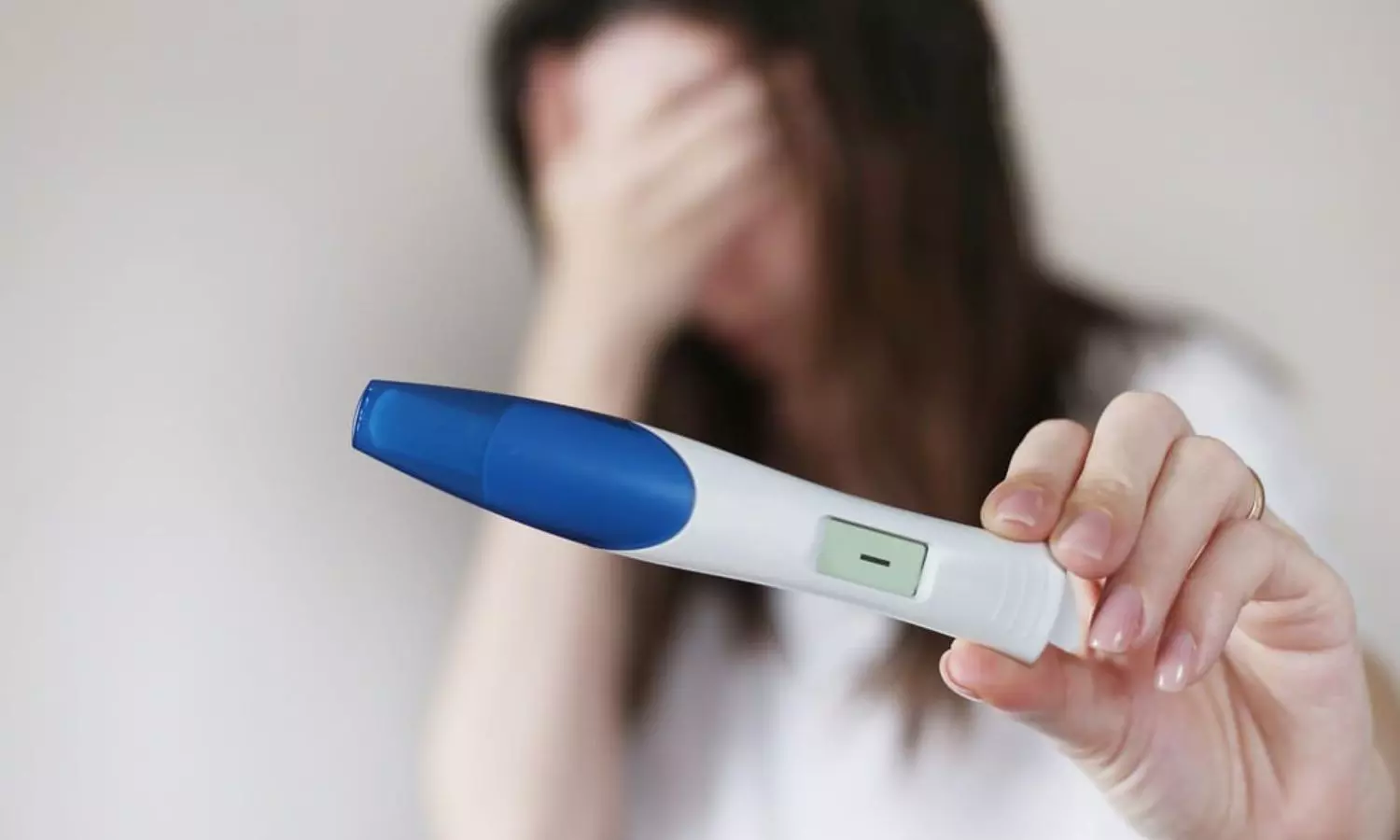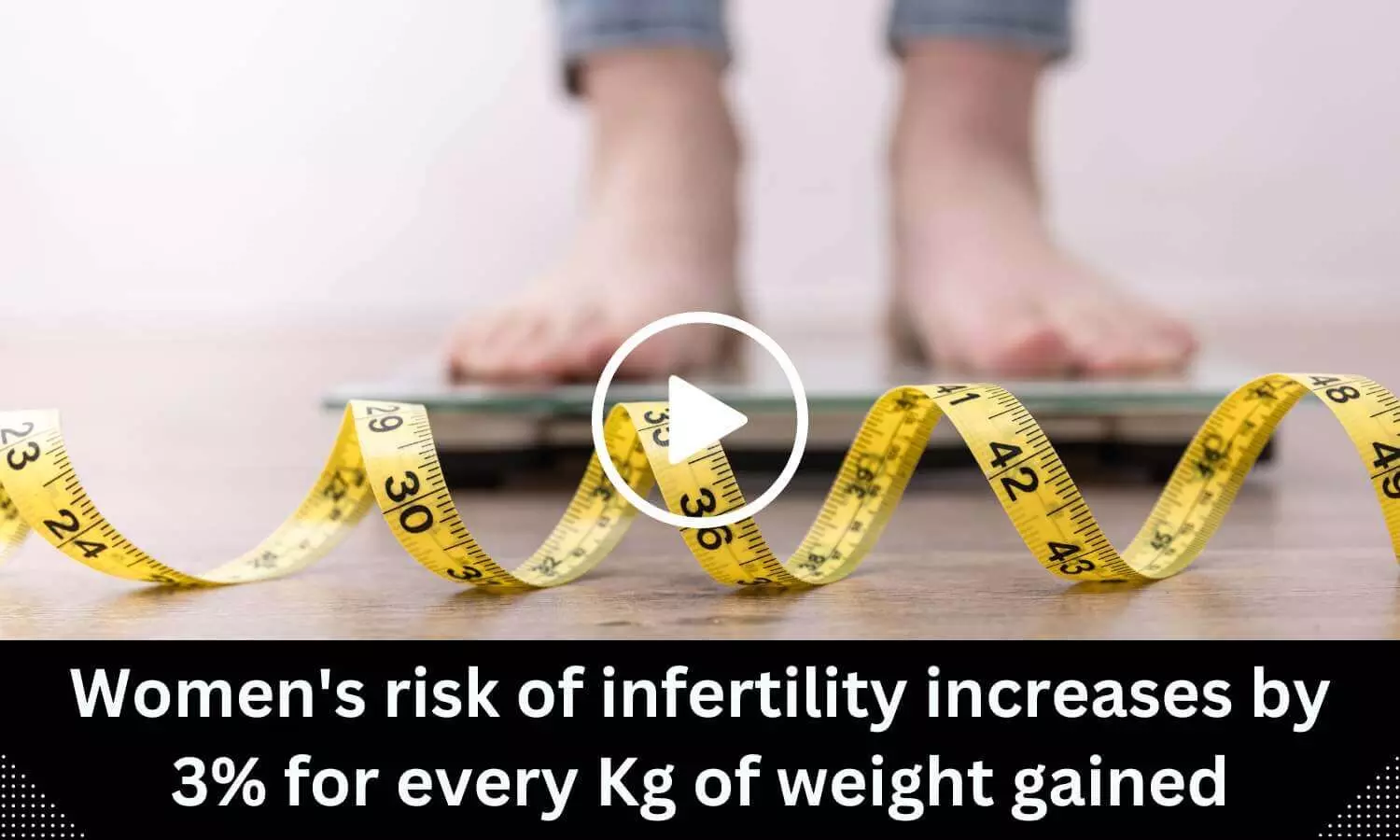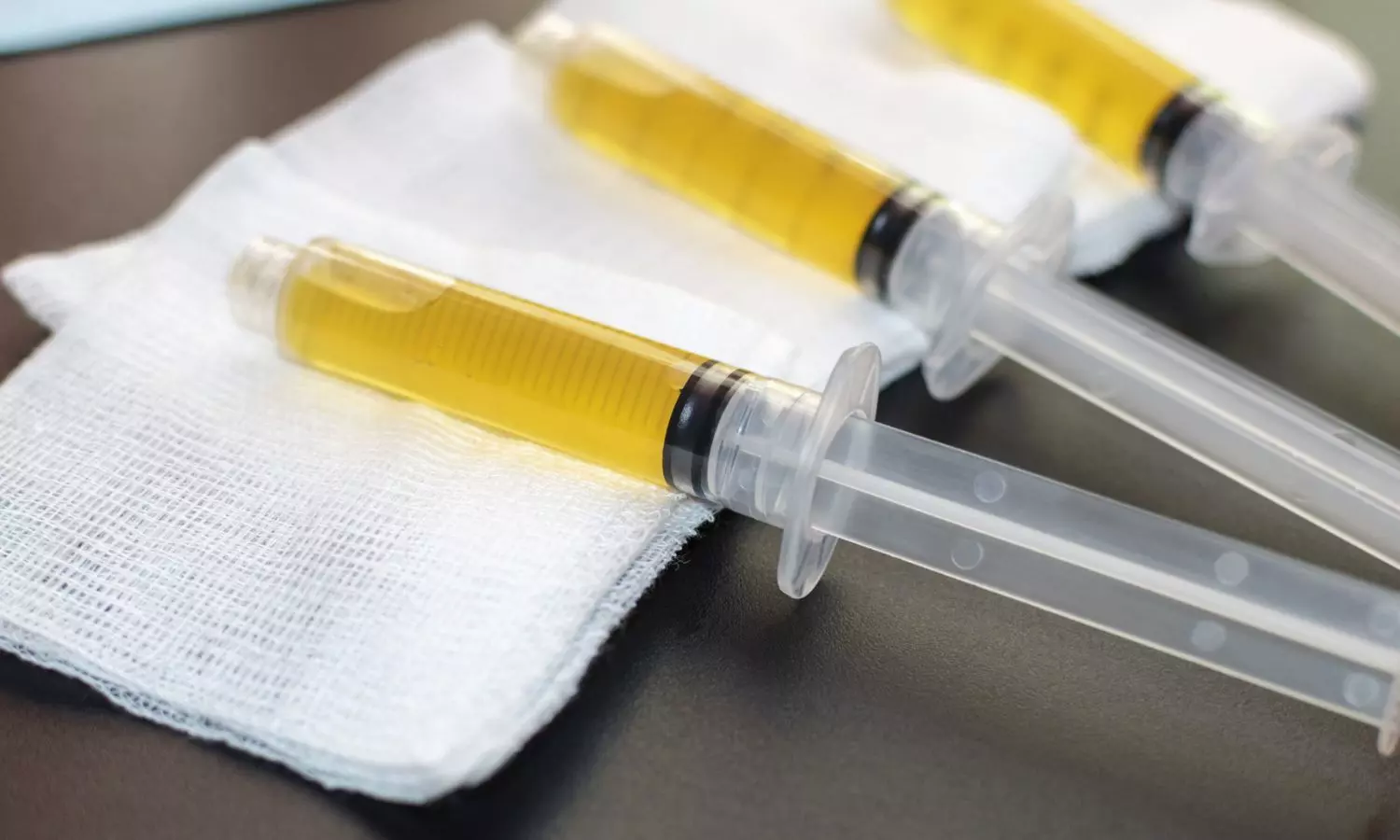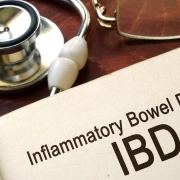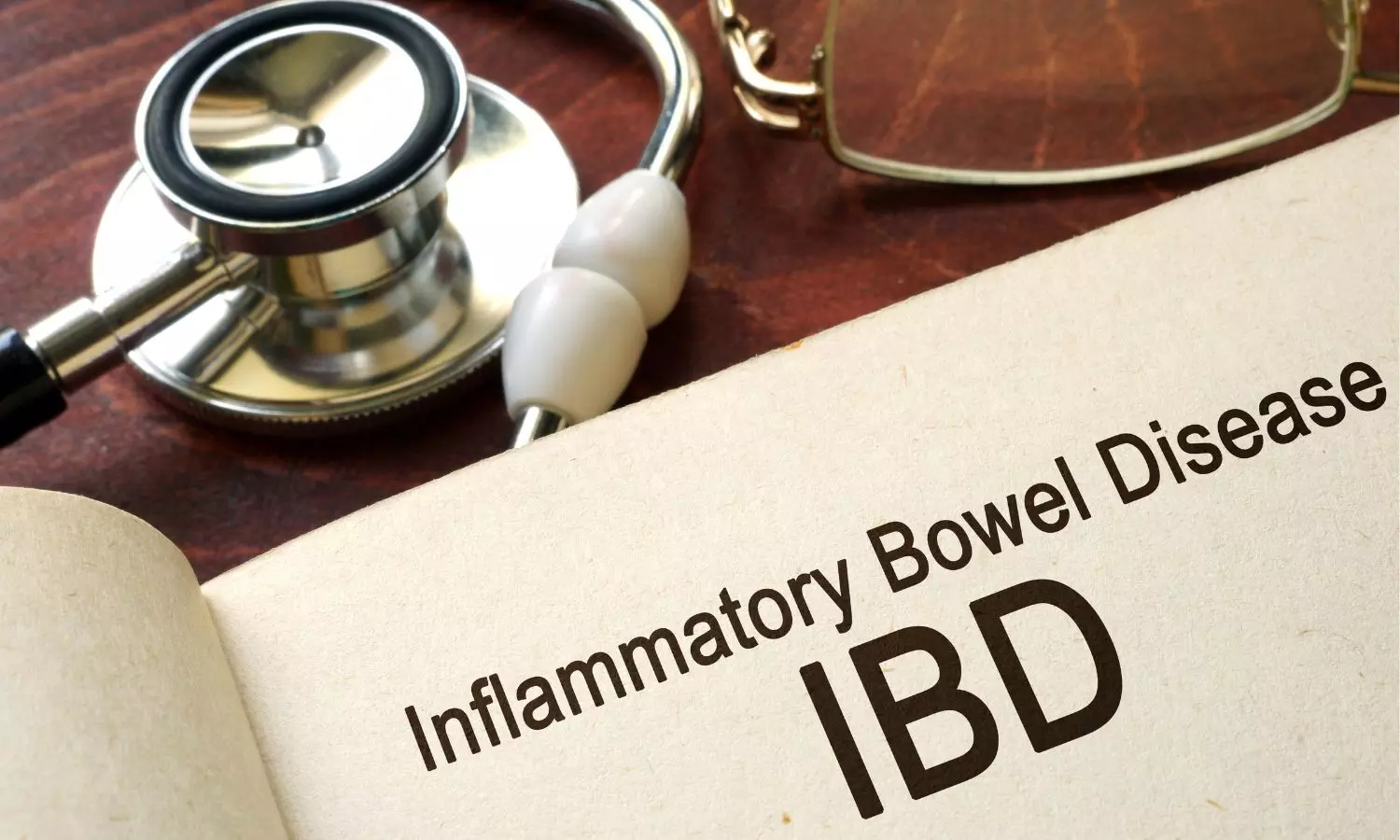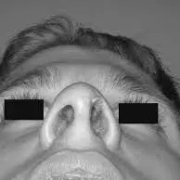Syphilitic Uveitis Hospitalizations on the rise, reveals JAMA study

A recent retrospective study by Tahreem Mir and team brought out findings that indicate a significant increase in syphilitic uveitis-related hospitalizations in the United States. The key findings of this study were published in Journal of American Medical Association – Ophthalmology.
This study was conducted by utilizing data from the the Nationwide Inpatient Sample. The research team analyzed data from a total of 444,674 patients from 2010 to 2019. There were an estimated 5,581 syphilitic uveitis-related hospitalizations during this period. The median age of individuals diagnosed was 45 years, with a significant majority (78.9%) being male. Importantly, syphilitic uveitis disproportionately affected African American individuals which constituted 32% of the total cases despite comprising only 13.6% of the population.
Moreover, the individuals belonging to the lowest median household income quartile were significantly impacted which made up 38.8% of the total cases. The national incidence reached 0.15 per 100,000 population which displayed a worrying upward trend. Yearly analysis revealed the lowest incidence in 2011 (0.08 per 100,000) and the highest in 2019 (0.23 per 100,000). The regional breakdowns mirrored this trend with all four US geographical regions experiencing an notable increase in incidence.
The study also identified 23.2% of patients with comorbid AIDS which emphasizes the complexity and severity of cases. Amidst this concerning increase, it is imperative to observe that the study primarily captured inpatient diagnoses.
The increase in syphilitic uveitis-related hospitalizations demands urgent attention from clinicians and public health officials. Also, this spike which is occurring concomitantly with a nation wide shortage of injectable penicillin G suggests a critical scenario for patients in need of treatment. The study highlights the importance of maintaining a high index of suspicion for syphilis when assessing patients with intraocular inflammation.
Source:
Mir, T. A., Kim, S. J., Fang, W., Harvey, J., & Hinkle, D. M. (2023). Rising incidence of syphilitic uveitis–related hospitalizations in the US. JAMA Ophthalmology. https://doi.org/10.1001/jamaophthalmol.2023.5386
Powered by WPeMatico


